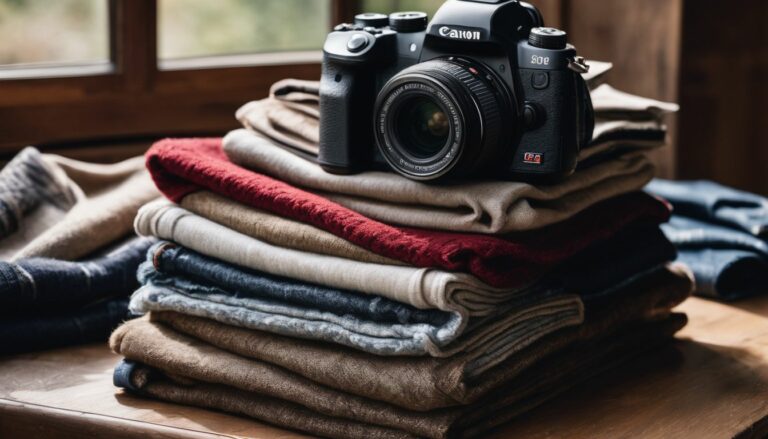Ethical Cashmere: Is Cashmere Fashion Ethical And Sustainable?
Ever find yourself admiring a buttery-soft cashmere sweater, only to be stopped right in your tracks by those nagging questions about the ethics and sustainability behind it? Trust me, you’re not alone.
I’ve found myself grappling with this very issue in my quest for a more sustainable wardrobe. And let’s face it — the production of cashmere can have some pretty significant environmental and social consequences.
With this article, we’ll explore every nook and cranny of ethical cashmere fashion: from its roots, to how we as consumers can rally behind brands that put the planet and people first.
So buckle up! We’re embarking on an enlightening journey into the world of responsibly sourced cashmere fashion together.
Key Takeaways
- Cashmere is a special kind of wool that comes from the hair of certain goats. It feels nice and can break down naturally without harming the environment.
- The production of cashmere can have negative impacts on the environment and animal welfare, but some brands are working to prioritize sustainability and ethical practices.
- Sustainable cashmere production involves responsible grazing management, conservation of water resources, animal welfare considerations, reduced chemical use, recycling and waste reduction, and transparent supply chains.
- Cashmere is compared to other fabrics like wool and cotton in terms of sustainability and ethics. Each fabric has its own advantages and challenges in these areas.
What is Cashmere?
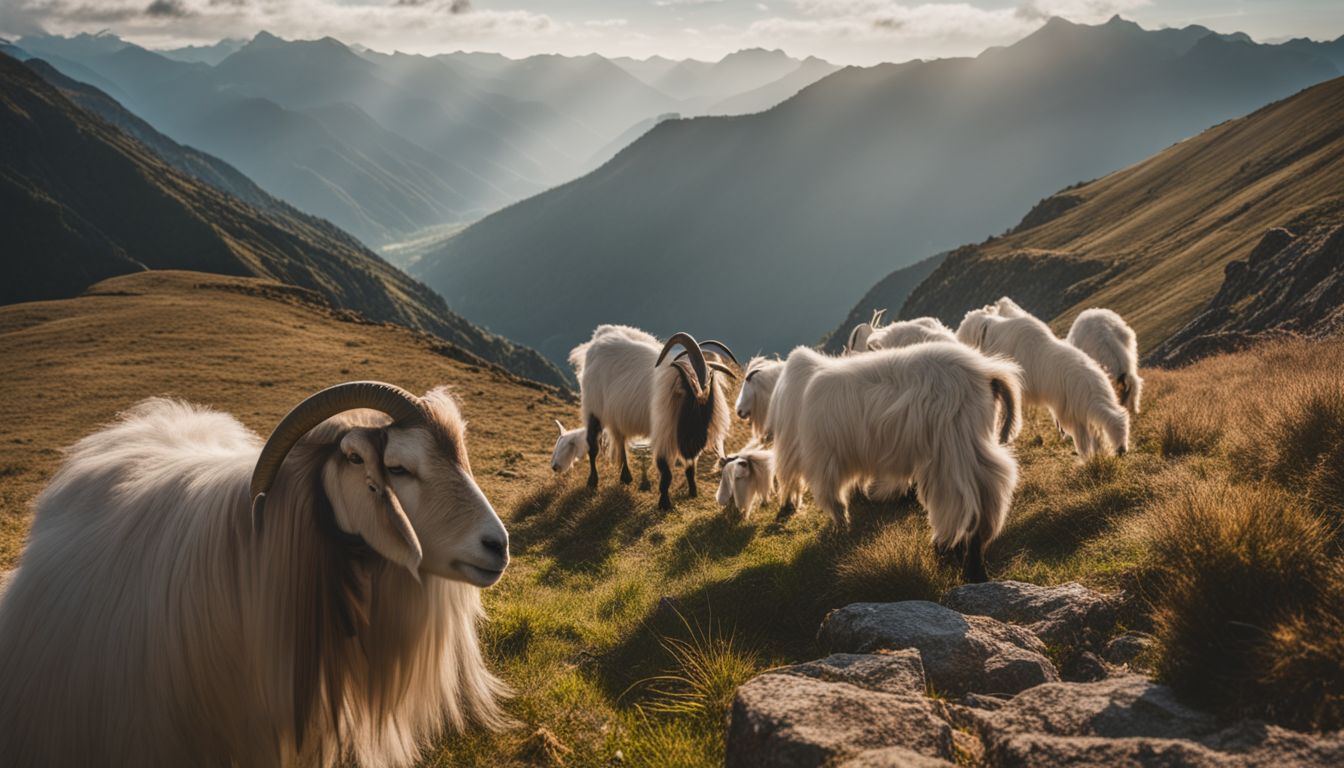
Cashmere is a luxurious and soft fiber that comes from the undercoat of cashmere goats.
Definition of cashmere
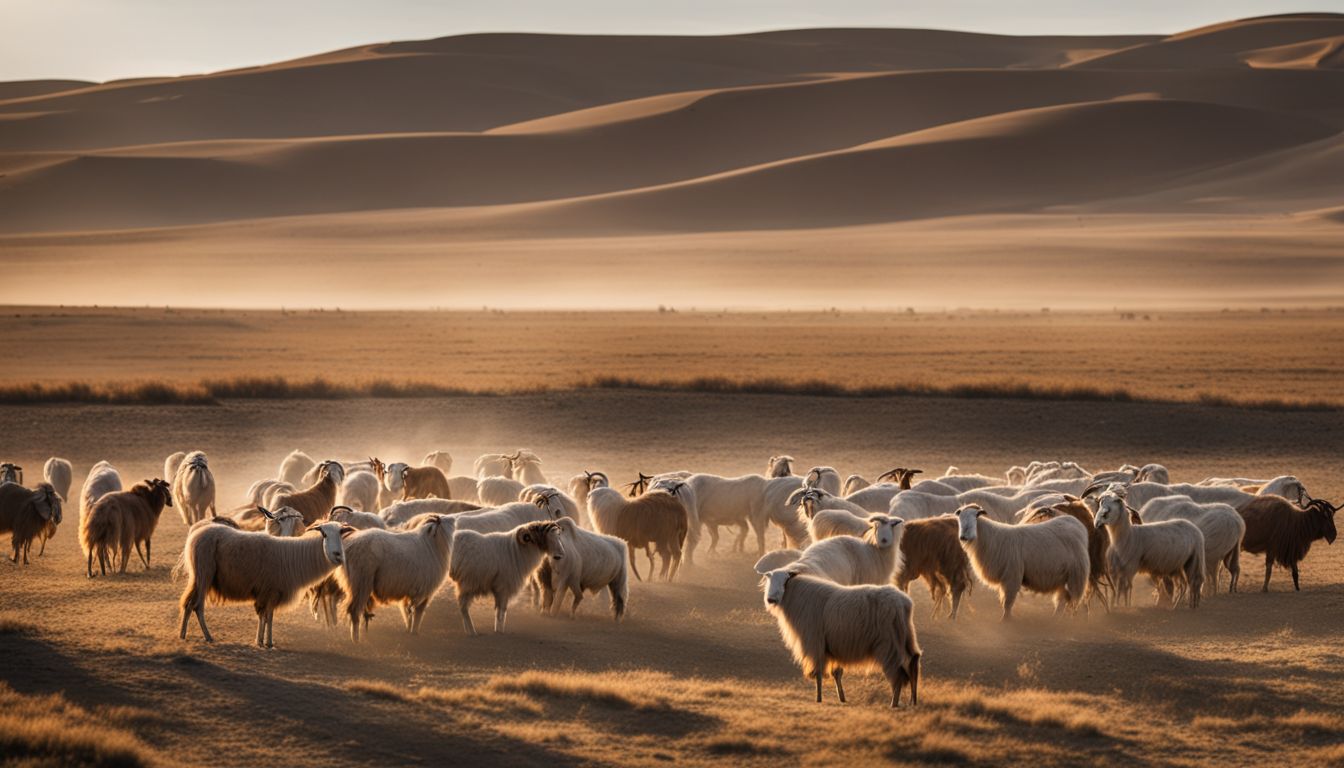
Cashmere is a special kind of wool. It’s not from any goat, but only certain ones. This wool comes from their hair. The hair of these goats is very soft and feels nice to touch. That’s what makes cashmere well-loved by many people.
These goats live in far-off lands like the Gobi Desert and Central Asia. Cashmere does good things for Earth as it can break down over time on its own without making a mess in our environment.
Origin and history
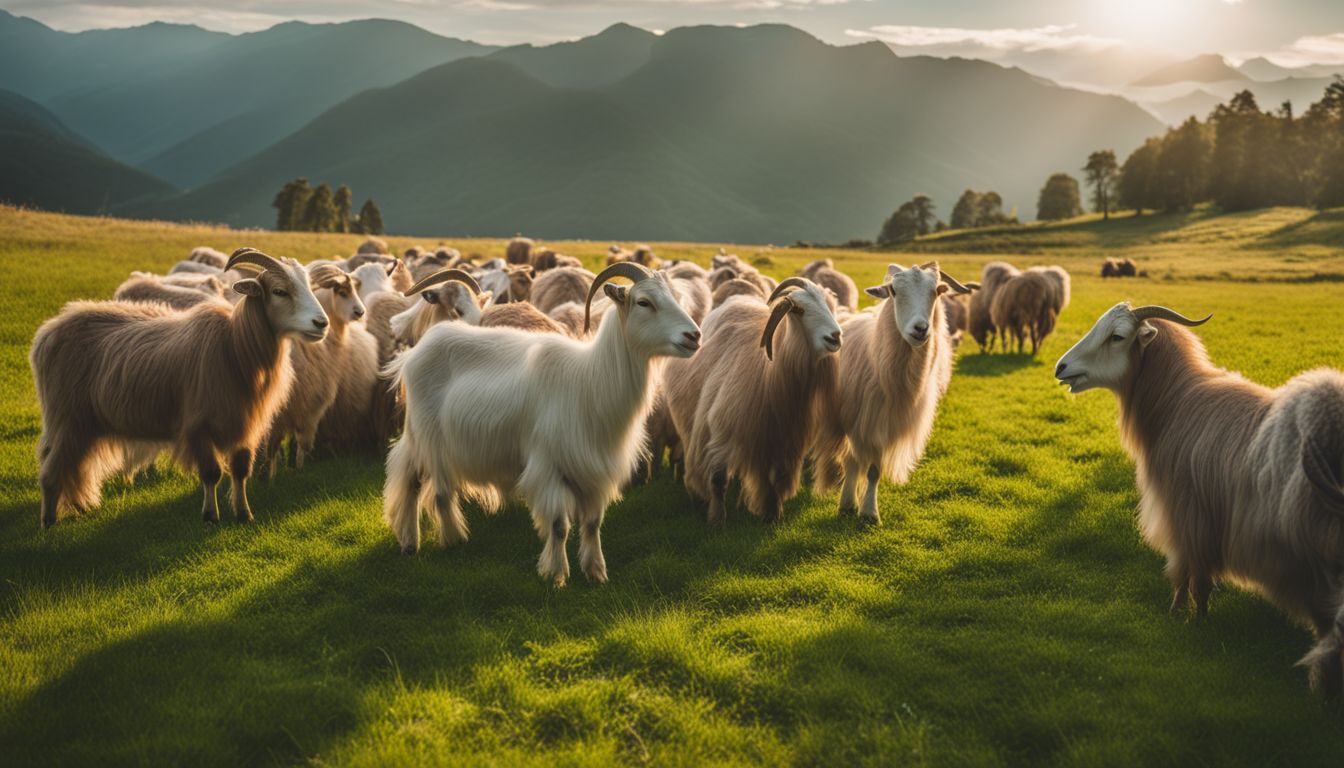
Cashmere comes from cashmere goats. These goats are mostly found in China and Mongolia. A long time ago, people in Central Asia started to use cashmere. They did this to stay warm.
The skill of making things with cashmere has been passed down through many families in Inner Mongolia for a very long time. Now, more people can buy and use cashmere than before because it’s easier to find and costs less money.
Advantages and Disadvantages of Cashmere

Cashmere, like any other material, has its own set of pros and cons. Let’s delve into the advantages and disadvantages of this popular fabric.
| Advantages | Disadvantages |
|---|---|
| Cashmere is soft, breathable, and ultra-comfortable, making it suitable for those with sensitive skin. | Cashmere is often considered an environmental catastrophe due to the high demand for cashmere products, which leads to overgrazing and desertification. |
| Cashmere is lightweight and resistant to wrinkles, making it a popular choice for fashion. | The sustainability of cashmere depends on the brand’s commitment to ethical sourcing and responsible manufacturing. |
| Cashmere has historically been seen as a luxurious and aspirational material, associated with investment pieces. | Management and care for cashmere garments can be meticulous to maintain its quality and prolong its lifespan. |
| Upcycled cashmere offers the advantages of a good fit and the ability to keep warm in winter and cool in spring. | Without stringent quality control and ethical sourcing, cashmere production can lead to animal welfare issues and human impact. |
Understanding these factors can help us make responsible choices when it comes to our fashion purchases.
How Ethical is Cashmere?
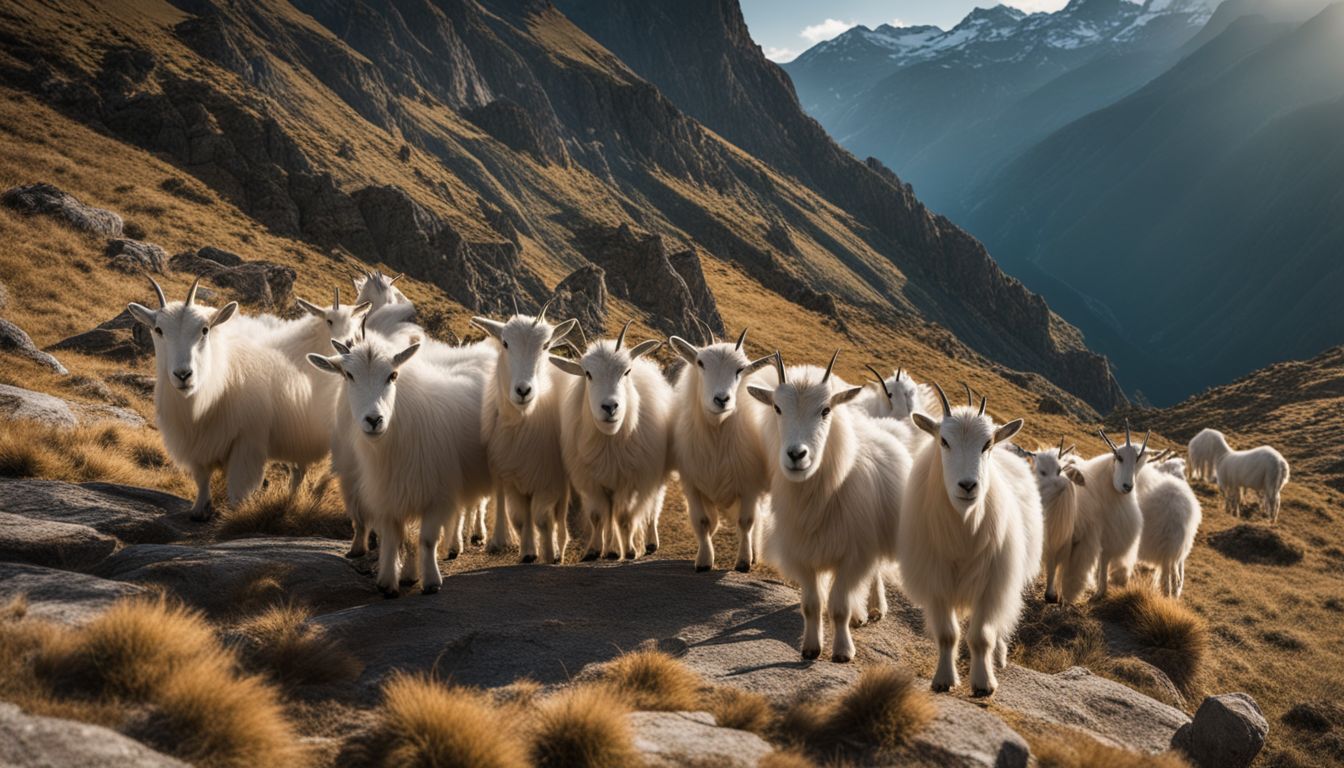
Cashmere’s ethics are questioned due to animal welfare concerns and the human impact associated with its production.
Animal welfare concerns
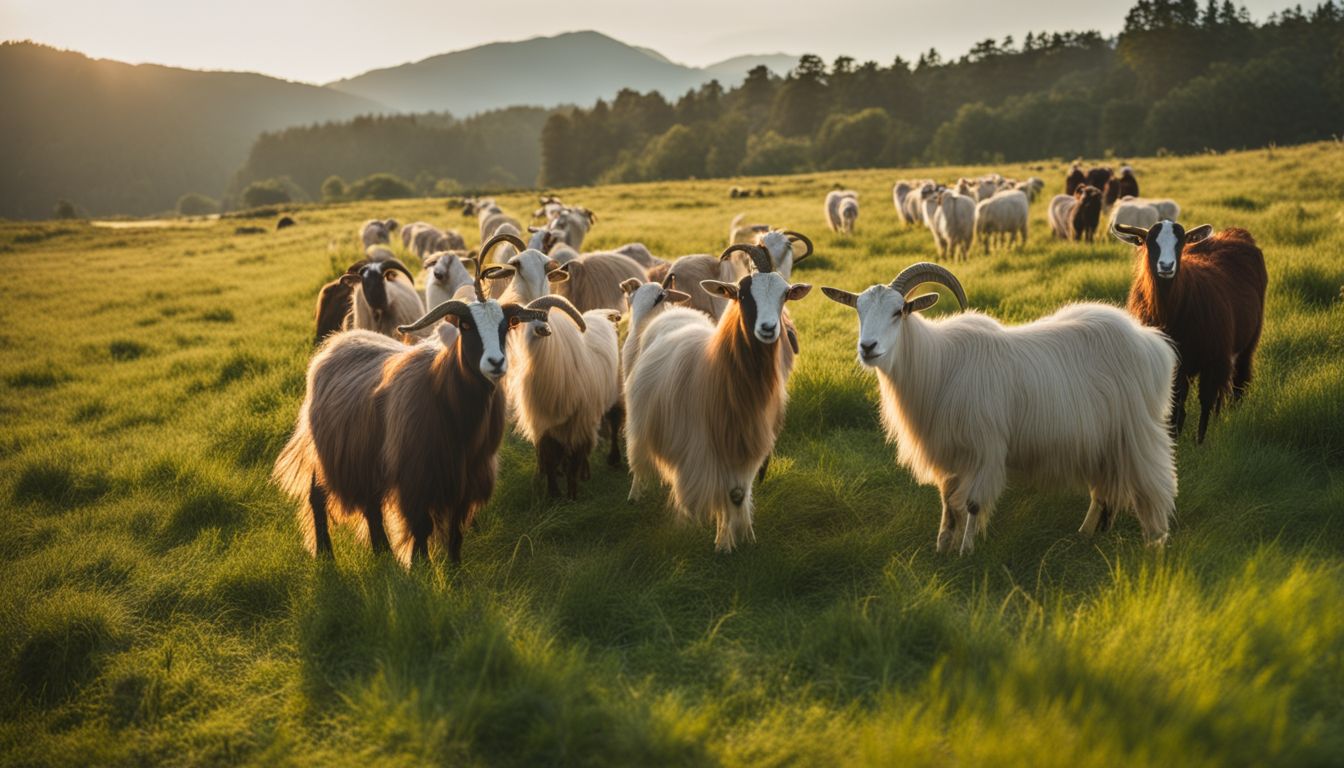
Animal welfare is a big concern in the cashmere industry. It involves how the goats are treated and cared for during the production process. Unfortunately, there have been cases of animal cruelty and species decline linked to cashmere production.
A PETA Asia investigation found extreme cruelty to cashmere goats in China and Mongolia. This means that when we buy cashmere products, we need to be aware of where they come from and support brands that prioritize animal welfare.
Human impact

When it comes to cashmere production, there is a significant human impact. Cashmere goat herds have expanded rapidly, which has led to overgrazing and the degradation of grasslands.
This expansion also puts pressure on local communities who rely on these lands for their livelihoods. Additionally, the demand for cashmere has increased labor exploitation in some regions where workers are poorly paid and work under harsh conditions.
It is crucial for brands and consumers to consider the human impact of cashmere production and support ethical practices that prioritize fair treatment and working conditions for all involved in the supply chain.
Is Cashmere Sustainable?

Cashmere, a luxurious and soft fabric, has gained popularity in the fashion industry. But is it sustainable? Let’s explore the environmental issues surrounding cashmere production and discover sustainable practices in this industry.
Environmental issues

The fashion industry, including the cashmere sector, faces significant environmental issues. One of the main concerns is the impact of cashmere production on land and water resources.
The demand for cashmere has led to overgrazing in some areas, causing soil erosion and degradation. Additionally, chemical dyes used in processing can pollute water sources if not properly managed.
Deforestation for pastureland also contributes to environmental challenges associated with cashmere production. Sustainable practices such as responsible land management and reduced chemical use are crucial for addressing these environmental issues.
Sustainable practices in cashmere production

Sustainable practices are important in cashmere production to minimize environmental impact and promote ethical standards. Here are some key practices:
- Responsible grazing management: Proper management of grazing lands ensures that cashmere goats have enough food without overgrazing the land.
- Conservation of water resources: Water is a valuable resource, so sustainable cashmere production involves minimizing water usage during the washing and dyeing processes.
- Animal welfare: Ethical cashmere production prioritizes the well-being of goats by ensuring proper housing, access to clean water, and regular veterinary care.
- Reduced chemical use: Sustainable brands aim to reduce the use of harsh chemicals in processing cashmere fibers, opting for more eco-friendly alternatives.
- Recycling and waste reduction: Some brands focus on recycling or upcycling old or unused cashmere garments to reduce waste and extend the lifecycle of these products.
- Transparent supply chain: Brands committed to sustainability provide transparency about their sourcing practices, ensuring that fibers come from responsibly managed herds.
Understanding the Sustainability and Ethics of Other Fabrics

In addition to exploring the sustainability and ethics of cashmere, it’s important to understand how other fabrics compare in terms of their environmental impact and ethical practices.
How does cashmere compare to wool, cotton, etc. in terms of sustainability and ethics?
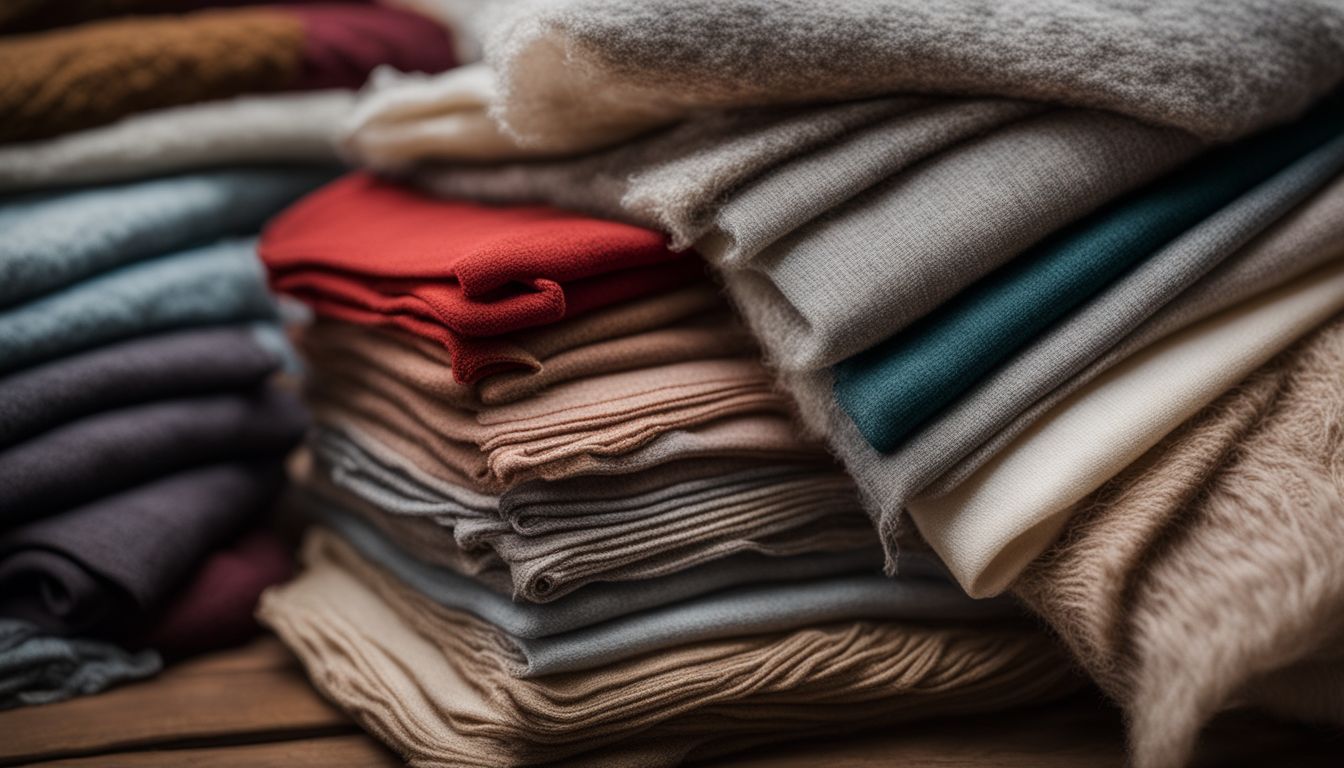
Cashmere, wool, cotton, and other fabrics each have unique impacts on sustainability and ethics. Here is a comparison:
| Material | Sustainability | Ethics |
|---|---|---|
| Cashmere | Cashmere is considered one of the most sustainable fibers; it’s renewable and protective against the elements. Additionally, it boasts an odor-resistance property, leading to fewer washes and thus less water waste. | Animal welfare concerns exist due to harsh combing practices. However, more ethical cashmere options such as Chianti cashmere are emerging, which emphasize humane practices. |
| Wool | Like cashmere, wool has odor-resistance, reducing the need for frequent washing. Its durability also means garments have a longer lifespan, which is a plus for sustainability. | Wool production can involve cruel practices like mulesing. However, increasingly, brands are sourcing from farms using humane practices. |
| Cotton | Cotton is a thirsty crop, requiring a lot of water, and often involves the use of harmful pesticides. Organic cotton is a more sustainable option but makes up a fraction of the market. | The cotton industry can involve unethical labor practices, including child labor. Fairtrade cotton seeks to address these issues. |
These comparisons shed light on the complex nature of sustainable and ethical fashion. It’s crucial to research and support brands that prioritize the welfare of animals, the environment, and human rights in their production processes.
What is Sustainable Fashion?

Sustainable fashion is a movement that focuses on making the fashion industry more responsible and ethical. It aims to minimize negative impacts on the environment, workers, and animals through sustainable practices.
Sustainable fashion considers factors such as using sustainable materials, reducing resource consumption, creating a more sustainable supply chain, and promoting waste reduction. It encompasses various aspects of the industry including material sourcing, production processes, consumption patterns, and disposal of clothing.
However, it’s important to note that the term “sustainability” in fashion can sometimes be misleading because it often implies something is completely sustainable when it may just be less unsustainable.
Stella McCartney is one example of a brand committed to ethical and sustainable fashion practices that align with the principles of the Ethical Cashmere Revolution.
Caring for Cashmere

To ensure the longevity of your cashmere garments, it’s important to properly care for them.
Proper care and maintenance to prolong the lifespan of cashmere garments
To make your cashmere garments last longer, it’s important to take good care of them. First, brush down the cashmere garment gently with a soft brush to remove any debris or lint. This helps keep the fabric clean and looking its best.
When it comes to washing, use a detergent specifically designed for cashmere and follow the instructions on its label. Avoid using harsh chemicals or bleach as they can damage the fibers.
When washing by hand, use lukewarm water and gently swish the garment around for a few minutes. Rinse thoroughly until all soap residue is gone. Avoid wringing or twisting the fabric, as this can cause stretching or damage.
If you prefer dry cleaning, choose a specialist dry cleaner who has experience with delicate fabrics like cashmere. They will know how to properly handle and clean your garment without causing any harm.
Ethical Cashmere Clothing Brands

Here are some brands that prioritize ethical and sustainable production of cashmere: Le Kasha, Stella McCartney, Naadam.
A list of brands that prioritize ethical and sustainable production of cashmere
I have compiled a list of brands that are dedicated to ethical and sustainable production of cashmere. These brands prioritize animal welfare, environmental sustainability, and fair labor practices.
Three eco-friendly labels to keep an eye on in the industry are Stella McCartney, Le Kasha, and Naadam. These companies are committed to using natural materials and implementing sustainable practices throughout their supply chain.
By supporting these brands, you can feel good about your cashmere purchase knowing that it has been produced with care for both people and the planet.
The Ethical Revolution in Fashion
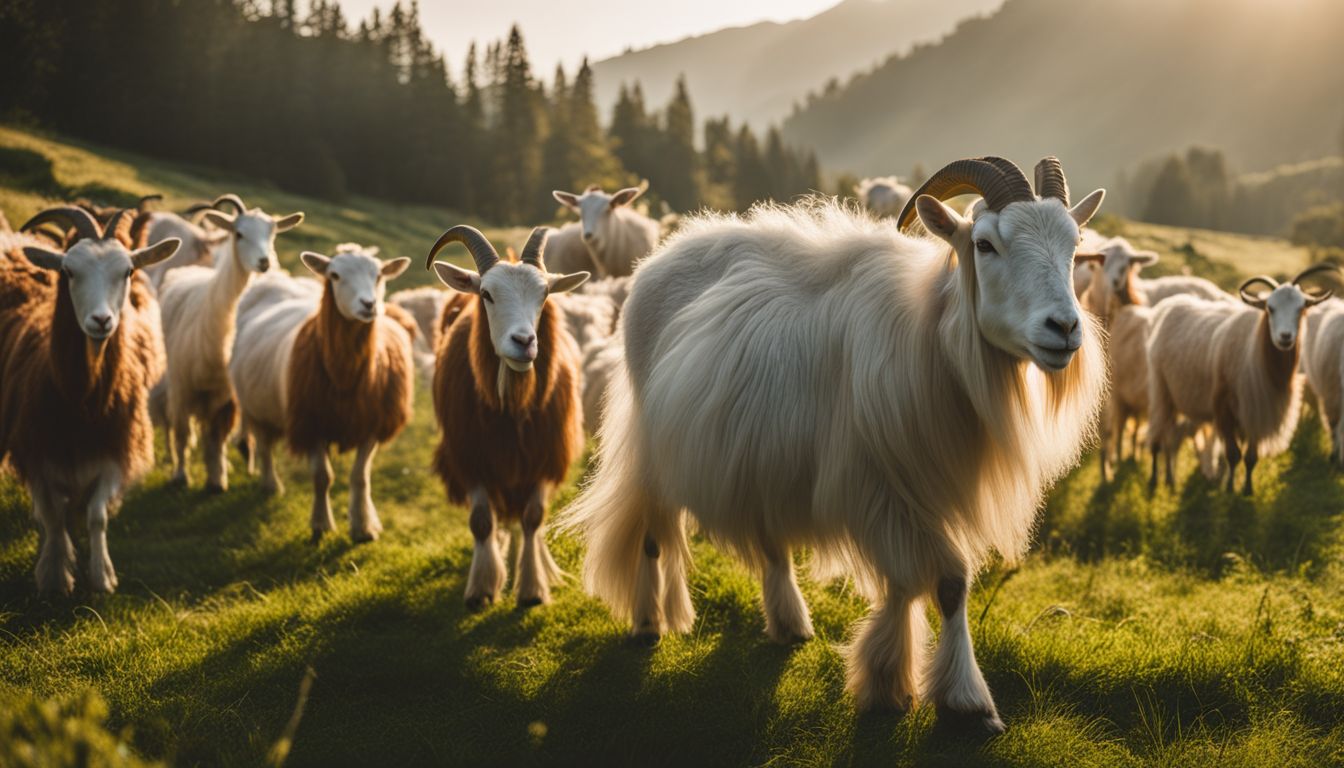
Consumers today are demanding more from the fashion industry, and the rise of ethical and sustainable fashion is proof of this. Discover how the demand for ethically produced cashmere is driving a revolution in the fashion world.
Read more to learn about the positive impact you can make by supporting responsible cashmere production.
How consumer demand for ethical and sustainable fashion is driving change
Consumers have the power to make a difference in the fashion industry. Our demand for ethical and sustainable fashion is driving change and pushing clothing companies to prioritize sustainability and responsibility.
We want clothing that is made with environmental, social, and ethical improvements in mind. This movement for ethical fashion is gaining momentum because people are increasingly demanding eco-friendly and ethical options when it comes to what they wear.
The fashion industry has faced challenges in meeting sustainability goals due to growth pressure and consumer demands for cheap clothing, but our mindset regarding sustainability in fashion is not tied strongly to the fast-fashion cycle.
Conclusion

In conclusion, the ethical cashmere revolution is an important movement that aims to bring sustainability, responsibility, and ethics to the fashion industry. With concerns about animal welfare and environmental impact in cashmere production, it is crucial for brands and consumers alike to support ethical and sustainable practices.
By choosing brands that prioritize transparency and promote sustainable cashmere production, we can contribute to positive change in the industry. Together, we can create a fashion world that values both style and conscience.
The importance of supporting ethical and sustainable cashmere production
Supporting ethical and sustainable cashmere production is crucial for the fashion industry and the environment. Many cashmere products are currently not made in a sustainable way, causing harm to the earth and contributing to carbon emissions.
By choosing brands that prioritize ethical sourcing and responsible manufacturing, we can help protect animal welfare, ensure fair labor practices, and minimize environmental impact.
Supporting these brands sends a clear message that consumers care about sustainability and want to see positive change in the industry. Together, we can create a more ethical revolution in fashion by supporting ethical and sustainable cashmere production.
FAQs
What is ethical cashmere?
Ethical cashmere means using high-quality cashmere yarn that comes from Kashmir goats in a way that is good for the earth and fair to herders.
How are recycled and virgin cashmere different?
Recycled cashmere is made by taking old items like sweaters and turning them into new yarn. Virgin Cashmere, on the other hand, comes straight from the goat.
Why should I buy sustainable cashmere sweaters?
When you buy sustainable cashmere sweaters, you help keep Kashmir goats safe during shearing, support fair pay for herders,and care for our planet too!
Do many brands sell ethical clothing made of Cashmere?
Yes! Many brands now offer an exciting range of ethical clothing such as turtlenecks, coats, and knitwear in their new cashmere collection.
What does ‘leaf score’ mean when buying Cashmire clothes?
Leaf score tells us how green or eco-friendly a company’s practices are while making their products like when creating its custom blend cloth line or doll with certified materials.
Can I request international shipping if I order a Nordstrom or Naadam Cashmare product?
Certainly! Most companies will ship your high quality knitted bear toy or women’s coat globally at affordable prices.





